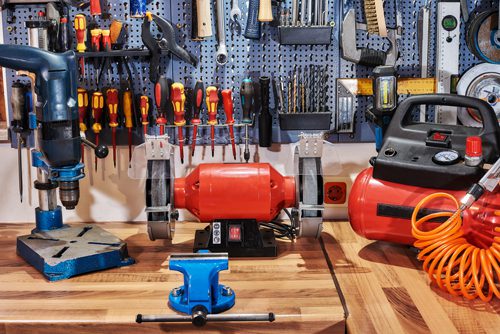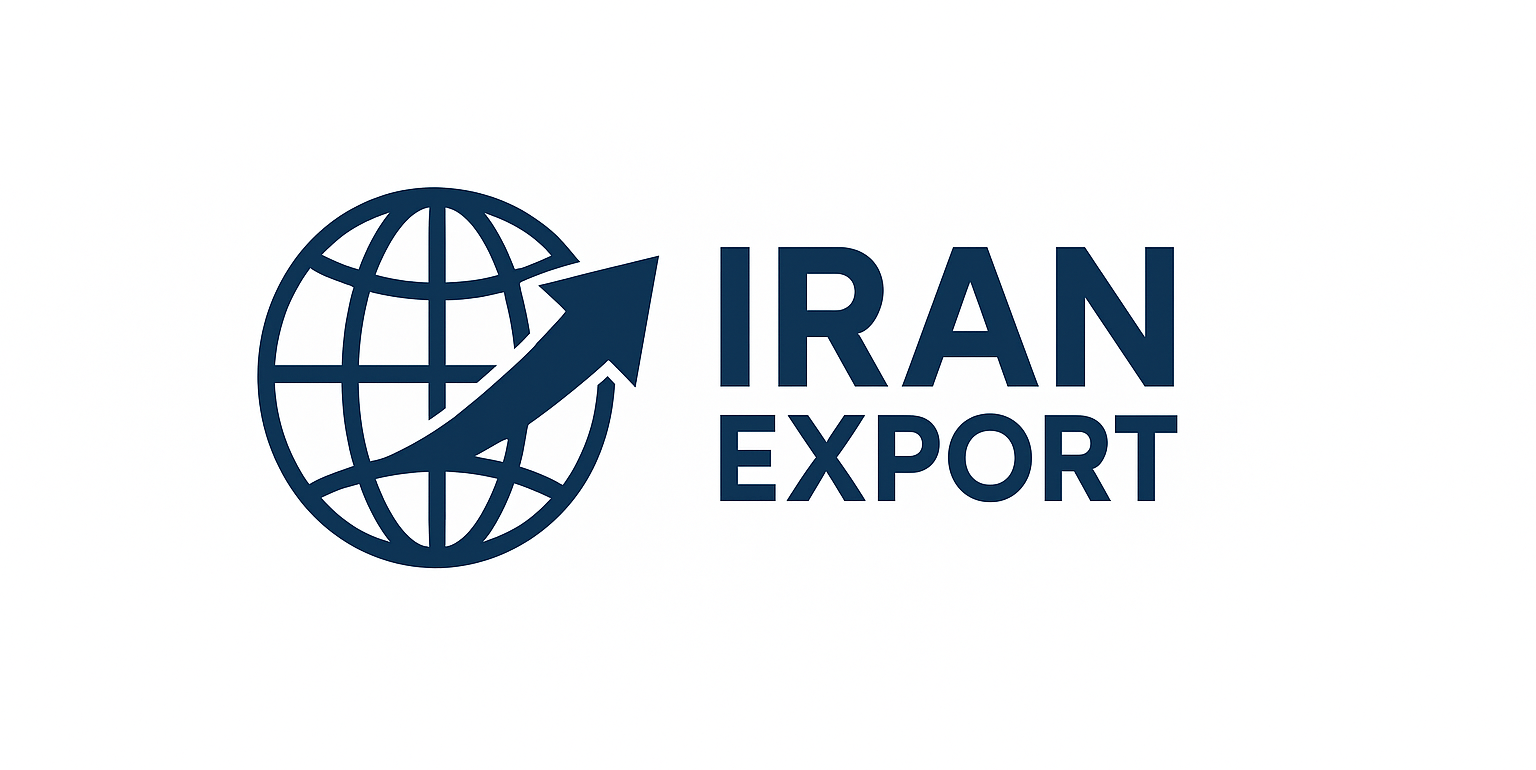
Export Opportunities for Iranian Industrial Tools in Middle Eastern and African Markets
Introduction
Iran’s industrial tools sector has experienced steady growth over the past decade, driven by technological innovation, skilled manufacturing, and a strong domestic supply chain. From hand tools and construction equipment to advanced mechanical and electrical devices, Iranian manufacturers have become increasingly competitive in both quality and cost. As regional demand for affordable and durable industrial tools continues to rise, the Middle Eastern and African (MEA) markets represent strategic opportunities for Iran’s export-oriented producers.
The Industrial Tools Landscape in Iran
Iran’s industrial tools industry benefits from an established manufacturing base, access to raw materials such as steel and aluminum, and a large pool of trained engineers and technicians. Many Iranian producers — including well-known brands such as Ronix, IranTools, and NTT — now design and manufacture tools that meet international quality standards (ISO, CE, and DIN).
With modern CNC machining, heat-treatment facilities, and precision testing systems, Iran’s factories are able to produce a wide range of products, including:
-
Hand tools (wrenches, pliers, hammers, screwdrivers)
-
Power tools (drills, grinders, saws, and cordless systems)
-
Industrial machinery accessories (cutting blades, fasteners, hydraulic parts)
-
Construction tools for infrastructure and civil engineering projects
This diversity of production makes Iran a potential regional hub for industrial tool exports, especially to developing economies seeking cost-effective and reliable products.
Why Middle Eastern and African Markets Matter
The MEA region is undergoing rapid industrialization, urban expansion, and infrastructure growth. Countries such as Iraq, Oman, Kenya, Egypt, Nigeria, and South Africa are heavily investing in construction, manufacturing, and energy projects — all of which require dependable industrial tools.
However, many African and Middle Eastern importers face challenges in sourcing tools from Western or East Asian suppliers due to high transportation costs, long lead times, and currency fluctuations. This creates a competitive gap that Iranian exporters can fill by offering:
-
Shorter supply routes and lower logistics costs
-
Culturally and commercially aligned trade relationships
-
Flexible production capabilities and customized orders
Iran’s geographical proximity to these regions — especially through the Persian Gulf and the Red Sea — provides a natural logistical advantage. Additionally, preferential trade agreements and regional partnerships under the Economic Cooperation Organization (ECO) and the D-8 group further facilitate market access.
Competitive Advantages of Iranian Industrial Tools
Iranian manufacturers have gradually built a reputation for durability and affordability, two key attributes in developing markets. Key competitive strengths include:
1. Cost Efficiency
Due to local access to raw materials and relatively low production costs, Iranian tools are often 20–40% cheaper than comparable products from Europe or East Asia, while maintaining comparable performance levels.
2. Engineering Expertise
Iran’s industrial base includes a strong network of engineers and R&D centers, many collaborating with universities and innovation hubs. This allows for continuous product improvement, enhanced safety features, and the integration of smart manufacturing technologies.
3. Adaptability to Market Needs
Iranian producers can easily customize packaging, branding, and specifications to meet the needs of distributors in various countries — a flexibility that global conglomerates often lack.
4. Expanding Trade Infrastructure
Major Iranian ports such as Bandar Abbas, Chabahar, and Bushehr serve as active export gateways to Africa and the Middle East, with growing container and logistics capacities supporting timely deliveries.
Key Target Markets and Demand Trends
Middle East
In neighboring countries like Iraq, Syria, Oman, and the UAE, construction and maintenance industries are booming. Demand for hand tools, welding machines, and electrical tools is high, and Iranian suppliers already have distribution networks in several of these markets.
Iran’s competitive freight costs and cultural familiarity make it a natural supplier for these regions.
Africa
African nations such as Ethiopia, Kenya, Nigeria, and Egypt are investing heavily in industrial development. Infrastructure projects — from road construction to power grid expansion — are driving strong demand for affordable industrial tools.
By establishing local partnerships or joint ventures, Iranian manufacturers can enter these fast-growing markets effectively.
Challenges and Strategic Solutions
Despite promising prospects, Iranian exporters must overcome several challenges to strengthen their global position:
-
Trade sanctions and banking limitations can complicate international payments.
-
Brand awareness in foreign markets remains relatively low.
-
After-sales service and distribution networks need to expand beyond neighboring regions.
Strategic responses may include:
-
Partnering with regional distributors and logistics companies.
-
Participating in international trade fairs and exhibitions to increase brand visibility.
-
Offering warranty programs and localized support centers in key markets.
-
Leveraging digital marketing and e-commerce platforms for B2B sales.
Future Outlook
As Iran continues to invest in industrial modernization, export-oriented production of tools and equipment will likely grow significantly. With rising quality standards, innovation in power tools, and a focus on green manufacturing, Iranian brands are well-positioned to compete regionally and globally.
By aligning with sustainability goals and regional trade initiatives, Iran could become a key supplier of industrial tools to emerging markets in the Middle East and Africa — bridging the gap between affordability and performance.
Conclusion
The industrial tools sector in Iran is at a pivotal moment of expansion. Backed by strong manufacturing capabilities, favorable geography, and a growing export mindset, Iran has the potential to strengthen its presence in MEA markets.
For international investors, importers, and distributors, this represents a valuable opportunity to partner with a competitive, innovative, and cost-effective industrial base — one that is ready to serve the demands of a rapidly developing world.

